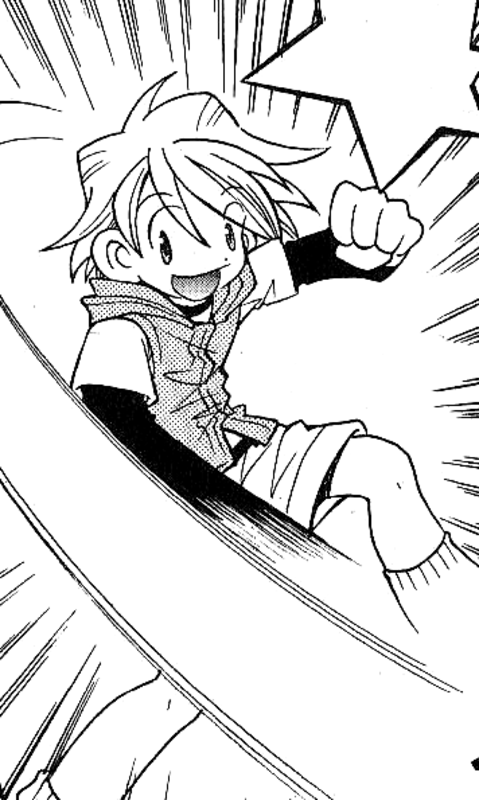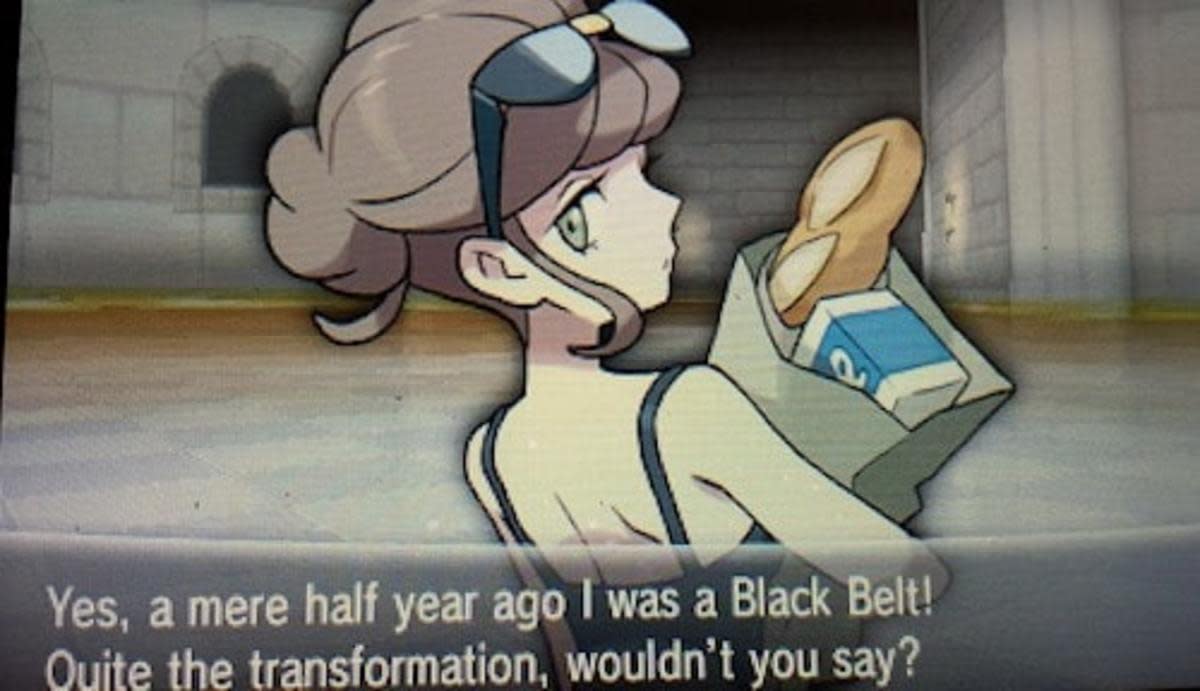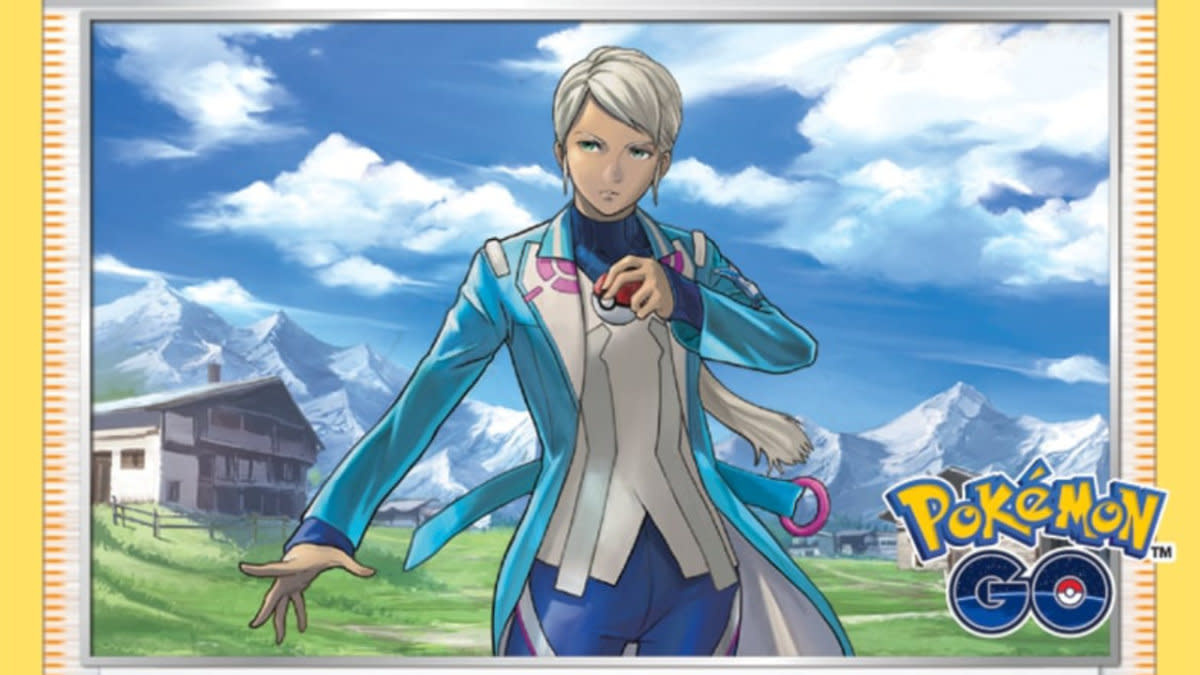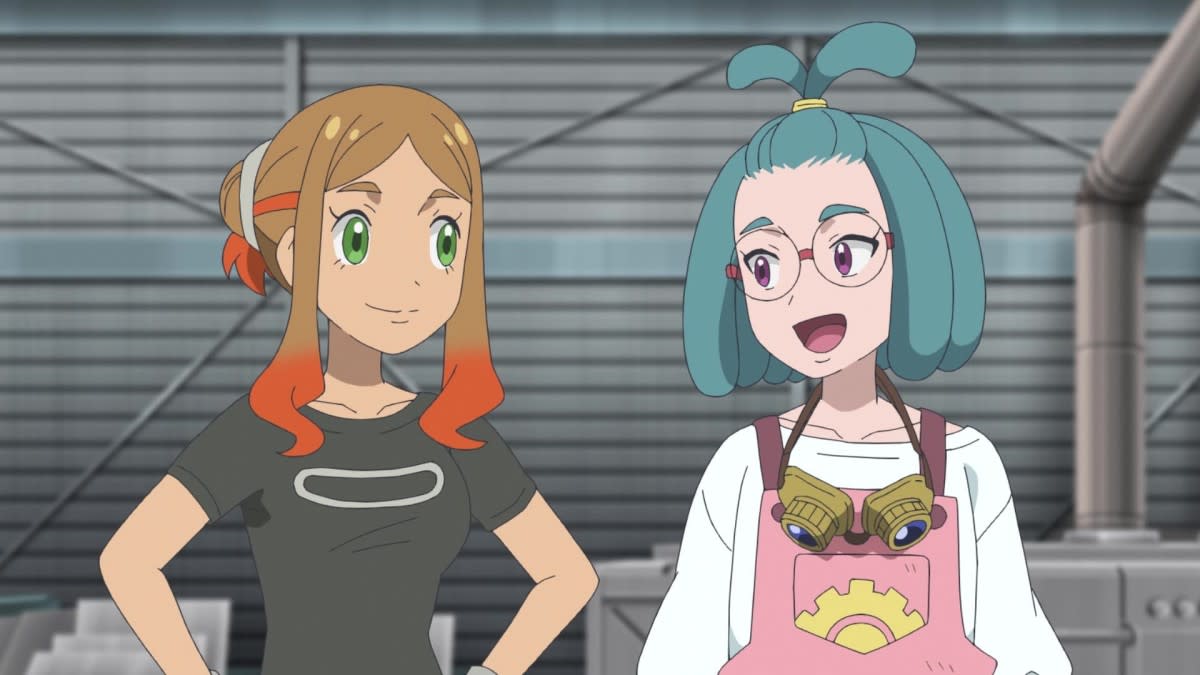Pokémon Has More Canon LGBT Characters Than You Might Think

How I Became A Pokemon Trainer 38 cover
Pokémon as a franchise has been around for more than 25 years, and in that time we’ve seen hundreds of characters introduced across the games, anime, manga, movies, and even the trading card game. While there are plenty of no-name carbon copy trainers and NPCs scattered throughout Pokémon, the characters that are part of the story tend to be wildly varied, with no two major characters being all that alike.
You’ve got the eclectic cowboy gym leader Clay from the Unova region, the flamboyant gym leader-turned-champion Wallace, the Twitch streamer gym leader Iono, and so many more. What’s largely lacking among these major characters, though, is LGBT+ representation.
In recent years, The Pokémon Company has made some efforts to be a little more LGBT-friendly – the decision to let either gender player character in Scarlet and Violet wear any clothes, accessories, and hairstyles is a welcome move – but actual canon LGBT+ characters are few and far between.
It might surprise you to learn, though, that there are actually a few canon LGBT+ Pokémon characters, and a few more that are heavily implied but not outright confirmed — yet, at least. Some characters are better than others, but the franchise has actually had LGBT+ characters for almost as long as it’s been around.
Akari
Pokémon’s first foray into LGBT+ representation was all the way back in 1999, with the release of a manga called How I Became a Pokémon Card. This series featured largely standalone stories with each chapter, each designed to expand upon the artwork of a specific Pokémon card.
The 38th and final chapter of How I Became a Pokémon Card introduced a character called Akari, a trans boy who longed to be a cool trainer. He begged his mom to get him a cool Pokémon to have as his first partner – his friend Akira bagged himself a Scyther – but his mom thought that a cute Pokémon like Pikachu was a better choice.

The Pokémon Company

The Pokémon Company
Akari is actually handled surprisingly well, given it’s Pokémon in Japan in the 90s — not typically a great combination for LGBT+ representation. There are small hints at the struggles he faces as a trans boy, along with some much more overt issues, like being forced to wear a skirt in middle school. Akari wasn’t featured in anything else beyond that one chapter of a Japan-exclusive manga, and that’s a bit of a bummer, given it’s handled as well as it is.
Beauty Nova
The next canon LGBT+ character wouldn’t come for another decade and change, and if you weren’t paying attention, you might have missed them altogether. There’s a random Beauty named Nova in the Battle Maison in Pokémon X and Y who has the following line when defeated:
“A mere half year ago I was a Black Belt! Quite the transformation, wouldn’t you say?”

Legends of Localization / The Pokémon Company
On its face, this probably doesn’t seem particularly indicative of LGBT+ representation, but reading between the lines makes things much more interesting. The Black Belt class in Pokémon X and Y – and most other games in which they appear – is exclusively masculine-presenting. There are no Black Belt trainers that are women, and likewise, there are no Beauty trainers that are men. The logical conclusion, then, is that this character once presented as a man – a Black Belt – and now presents as a woman.
If that’s not enough to convince you, though, we should look at the Japanese text for the same character. Here it is, as translated by Legends of Localization:
“I was a Karate King just half a year ago; the power of medical science is awesome, wouldn’t you say?!”
The explicit mention of medical science makes clear that this isn’t just a change in careers, it’s a change in gender identity as a whole. It’s a small detail for a minor character, and one that was made more ambiguous in the localization process, but it’s definitely there, and it’s definitely real.
Blanche
The most recent canon LGBT+ representation in Pokémon comes from a bit of an unlikely source: Pokémon Go. And it’s not in the form of some random NPC either — the Team Mystic team leader Blanche, who roughly a third of players interact with every day in the game, is explicitly non-binary.
There’s a swathe of evidence for this, too. No piece of official English media has ever used gendered pronouns for the character — every single one either refers to Blanche directly by name, or uses they/them pronouns. Languages that are inherently gendered, like Spanish and French, use feminine prose when referring to Blanche, but it’s worth noting that in many of those languages, it’s common for non-binary people to use feminine-gendered language as the default, in lieu of other options.

The Pokémon Company
Japanese is not a particularly gendered language at all, so Blanche’s (along with every other character’s) pronouns are largely not used there, but German is a gendered language, and the German version of Pokémon Go, as well as social media accounts, have made concerted efforts to use non-gendered language when referring to them, after initially using feminine language.
Blanche actually shares some of these these traits with Rhi, a member of the GO Ultra Recon Squad, who typically resides in Ultra Space. Rhi is referred to with they/them pronouns in English, though in an opposite situation to Blanche, they’re typically referred to using masculine pronouns in heavily gendered languages.
These three – or four, if you count Rhi – characters are, so far, the only canon LGBT+ characters confirmed so far, but that doesn’t mean they’re the only ones in the franchise. There have been hints here and there in Pokémon Masters, for example, that Steven and Wallace might be in some kind of romantic relationship. A Valentine’s Day update added new dialogue where they express affection for each other, and Barry juuuust stops short of saying the two are romantically involved, but it’s certainly implied nonetheless.
The franchise’s latest anime series, Pokémon Horizons, similarly hints at the potential for queer romance. Many fans have interpreted Murdock – the Brave Asagi’s chef – and his history with another man named Mitchell as potentially romantic. Similarly, in a more recent episode, ship mechanic Orla said some very interesting things towards Poké Ball craftswoman Khana that certainly seemed to have some level of romance behind them.

The Pokémon Company
None of these are outright confirmed, of course, but the sexualities and gender expressions of most characters in most media rarely is. More explicit LGBT+ representation in Pokémon would be a massive win for the franchise, and I’d absolutely love to see gay and lesbian couples represented in some way, in much the same way that straight relationships are shown.
Whether or not that will happen anytime soon is anyone’s guess, but as time marches on, so too does social progress, and it’s really only a matter of time before we see real representation front and center.
